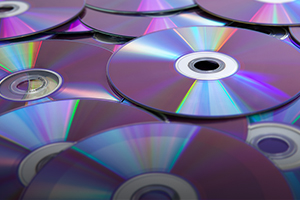DNA Video
 It turns out that CRISPR genome editing is useful for more than altering gene expression. Harvard researchers recently reported that they have used the tool to encode video into live bacteria, turning them into active record-keeping librarians.
It turns out that CRISPR genome editing is useful for more than altering gene expression. Harvard researchers recently reported that they have used the tool to encode video into live bacteria, turning them into active record-keeping librarians.
DNA can store extremely large amounts of data – the equivalent of 100 billion DVDs – in a single gram. In fact, synthetic DNA has already been used to store images and text. But in the first experiment of its kind, the team encoded video of a galloping horse into thousands of E. coli bacteria. First, a fragment of the video was injected into the cells. Once it was detected, the bacteria cut and pasted it into their own genomes. When subsequent frames were introduced, they were also added to the individual genomes in the proper order. The researchers were able to read it back and confirm the arrangement of the frames by sequencing the DNA of more than 600,000 cells.
This study confirms that the technique can not only be used to create a detailed history, but that the information can be amended at a later time. Also, since the data is recorded in the genome, it is passed down from generation to generation.
For information: Seth Shipman, Department of Genetics, Harvard Medical School, NRB 238, 77 Avenue Louis Pasteur, Boston, MA 02115; email: seth_shipman@harvard.edu; Web site: http://www.harvard.edu/